new jersey tea shrub care
Flowers are aromatic on branching clusters arising on long stalks from leaf axils those from lower part of stems much longer than upper. 4 - 8 Mature.
Ceanothus Americanus New Jersey Tea From New Moon Nurseries
New Jersey tea also known as wild snowbell or redroot thrives in a wide variety of soil types from average to poor deep to shallow and moist to dry as long as the location is well-drained.

. Plants can die back in winter months but return the next spring. It is native to Missouri where it occurs in prairies glades dry open woods and thickets throughout the state Steyermark. 5 Ceanothus americanus New Jersey Tea 1g.
It should be pruned only in the summer months. Drought Drowning and Edema Hardiness Zone. It is drought tolerant once established and tolerates road salt.
In small rounded panicles of tiny white flowers reminiscent of tiny lilac clusters. If you are wondering how to grow a New Jersey tea shrub all you have to do is site the plant appropriately. Plant Type Deciduous shrub.
Small Medium Large Exposure Light Requirements. Ceanothus americanus or New Jersey Tea is a 2-3 foot hardy perennial woody shrub for well-drained dry to medium soils in part to full sun. Place native soil removed from planting hole around the perimeter of the hole in a wheel barrow or on a tarp.
Luckily New Jersey Tea blooms on new wood and should be Rejuvenative Method of Pruning by cutting back to the ground in early spring. June July Aug Color. It has a woody stem system which persists over the winter and supports the next years growth.
Pollinators Hummingbirds Deer Resistant Design Tips New Jersey Tea Ceanothus americanus is a shrub that stays fairly short. 24-36 tall x 36 wide. Size Tolerance Exposure Use Shrub Pests Credits New Jersey Tea Ceanothus americanus.
Easy to grow this plant is difficult to transplant once established. Posted by Joan Keltner on 2nd Apr 2019 The New Jersey Tea is beautiful and hard to find. New Jersy Tea grows best in well-drained sandy loam or rocky soils in full sun to partial shade.
Its thick deep roots make it an excellent choice for rocky hillsides and slopes. Showy fragrant white flower clusters bloom May-July and are good fresh-cut. The thick taproot of NJ tea helps it to survive both drought and fire.
Grow New Jersey Tea in either full sun or partial shade. Flowers of New Jersey Tea. Clusters of small black fruit form in July and August.
New Jersey tea grows best in full sun to part shade in well-drained soil. Search Shrubs Shrubs by. Mature Size 34 ft.
Full Sun Part Shade Moisture. A low-growing compact shrub thats excellent for hot dry sites. The flowers are a nectar source for hummingbirds butterflies and native bees.
Dieback occurs naturally every year. Doesnt spread much Zones. Thats because New Jersey tea shrubs are low maintenance plants that tolerate drought and thrive in dry soil shallow soil and rocky soil.
New Jersey Tea is a deciduous shrub and it looses its leaves in the winter. Was a substitute for tea during the American revolution. I would only suggest that a page of care and planting instructions might be placed on top of the contents to ensure the plants are well cared for eg.
New Jersey Tea Ceonothus americanus plant is excellent for attracting hummingbirds. New Jersey Tea is extremely. No serious pest or disease issues.
It is drought tolerant once established. Excellent plant for sunny areas banks and slopes shrub borders or native plant gardens. Kept in the shade before planting.
They wont tolerate standing water so elevate them in raised beds if you need to improve drainage. Full Shade Full Sun Partial SunShade Pests and Problems. Cylindrical clusters 1-2 long of tiny fragrant white flowers 18 appear on long stalks at the stem ends.
The shrub attracts numerous pollinating insects that are fed upon by hummingbirds. New Jersey tea is a low much-branched shrub with a woody stem and herbaceous upper branches. The luxuriant glossy leaves and bright white flowers make this durable shrub a real winner.
In fact New Jersey tea shrub care is minimal. Billows of delicate white flowers form at the end of young branches in May and June. Propagate by seed cold stratified for one month semi-hardwood cuttings softwood cuttings.
New Jersey Tea is a nitrogen-fixing plant with bright white flowers growing in July through August. The dark green leaves of NJ tea are downy underneath and drop in the fall revealing stems that may appear red or yellow in color. Because of its extremely deep taproot an established New Jersey tea shrub can tolerate drought conditions but does not transplant well.
What Is A New Jersey Tea Plant Guide To New Jersey Tea Shrub Care Ceanothus Americanus New Jersey Tea From New Moon Nurseries Ceanothus Americanus New Jersey Tea Native Plants Of North America Ceanothus Americanus Greenup Greenup Share this post. The dry sandy soil of the Pine Bush is. Start by digging your planting hole at least two to three times as wide and because New Jersey Tea has a deep tap root twice as deep as the height of the root ball.
They need at least four hours of sunlight a day and prefer morning sun and afternoon shade. Sharply drained soils are important to keep your shrub healthy. New Jersey Tea is a low-growing wildlife-friendly deciduous shrub.
Because of its deep root system it is great for use in erosion control on slopes but this also makes it difficult to transplant. Ceanothus americanus commonly called New Jersey tea is a compact dense rounded shrub which typically grows 2-3 tall less frequently to 4. Newer Post Older Post Home.
However it can be left to grow naturally. 11 rows New Jersey tea Mountain snowbell Redroot. Dried caffeine free leaves when boiled a few minutes make a tea similar to Liptons regular.
Plant two to three feet apart to create a. You can easily grow them in well-drained soils in either full sun or part shade. As shrub New Jersey Tea blooms on new wood.
New Jersey Tea is a host plant for butterfly and moth larvae caterpillars including Spring Azure Celastrina ladon Mottled Duskywing Erynnis. It can be cut back to the ground in early spring rejuvenation pruning to encourage new growth or it can be left to grow naturally. Seeds mature in late summer and are held in tiny capsules.
The massive roots of NJ tea enable this shrub to grow in challenging conditions. Keep an eye out for leaf spot and powdery mildew.

New Jersey Tea Native Shrubs Johnson S Nursery Knowledgebase
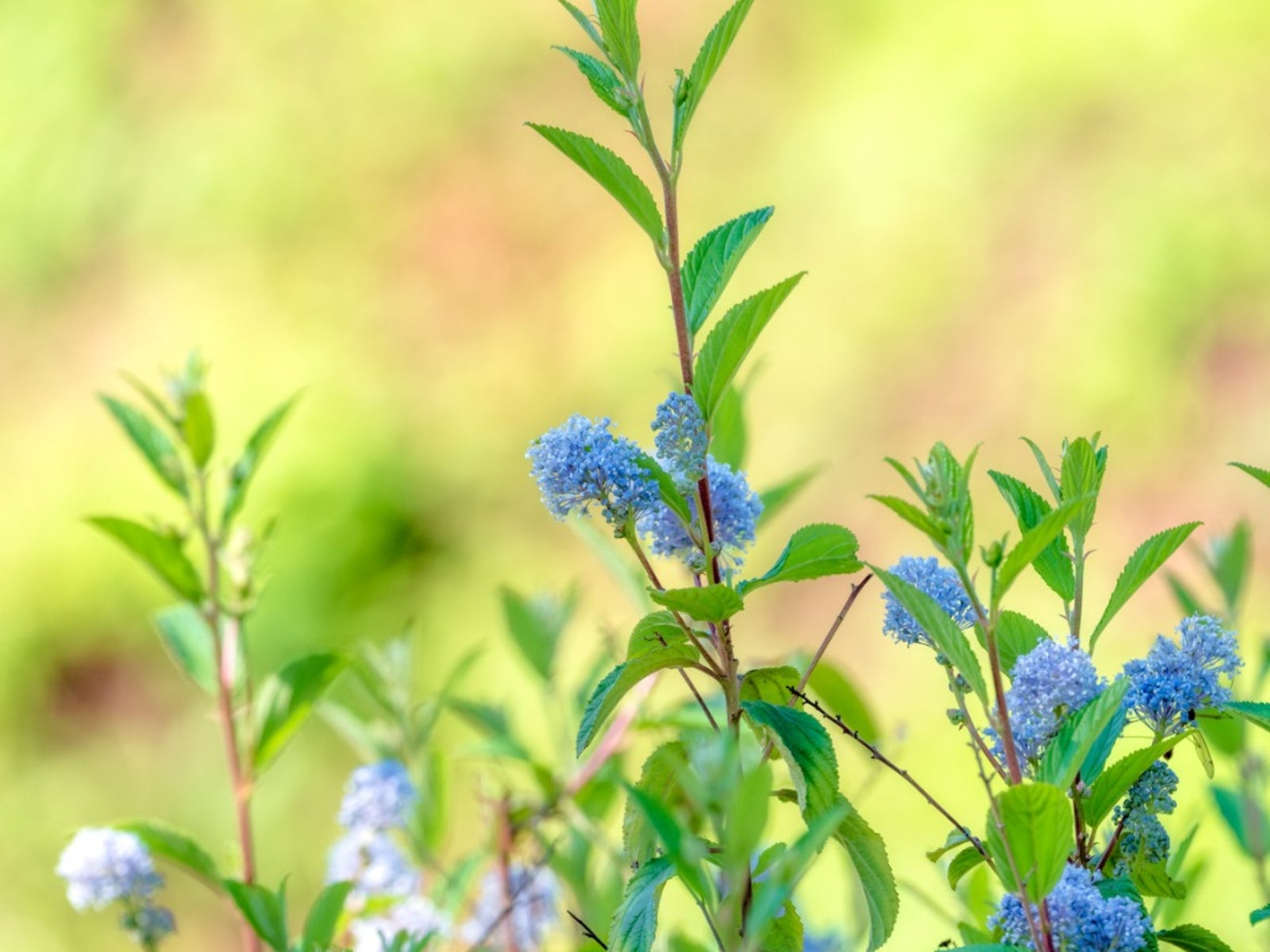
What Is A New Jersey Tea Plant Guide To New Jersey Tea Shrub Care
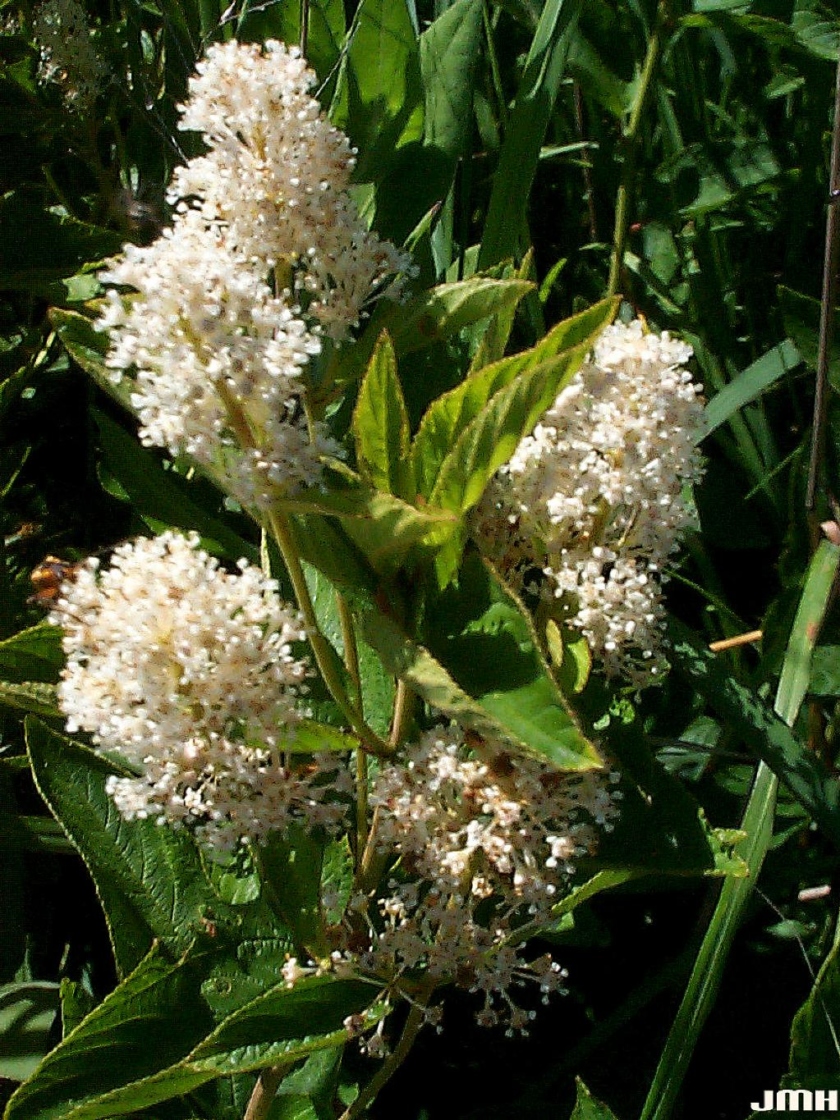
New Jersey Tea The Morton Arboretum

New Jersey Tea Native Shrubs Johnson S Nursery Knowledgebase

New Jersey Tea Native Shrubs Johnson S Nursery Knowledgebase
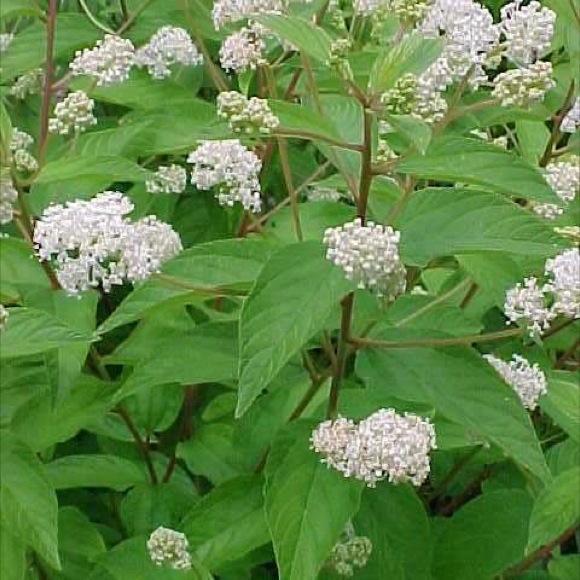
New Jersey Tea Eat The Weeds And Other Things Too

New Jersey Tea Native Shrubs Johnson S Nursery Knowledgebase

New Jersey Tea Ontario Native Plants

Ceanothus Americanus Mountain Snowbell New Jersey Tea North Carolina Extension Gardener Plant Toolbox
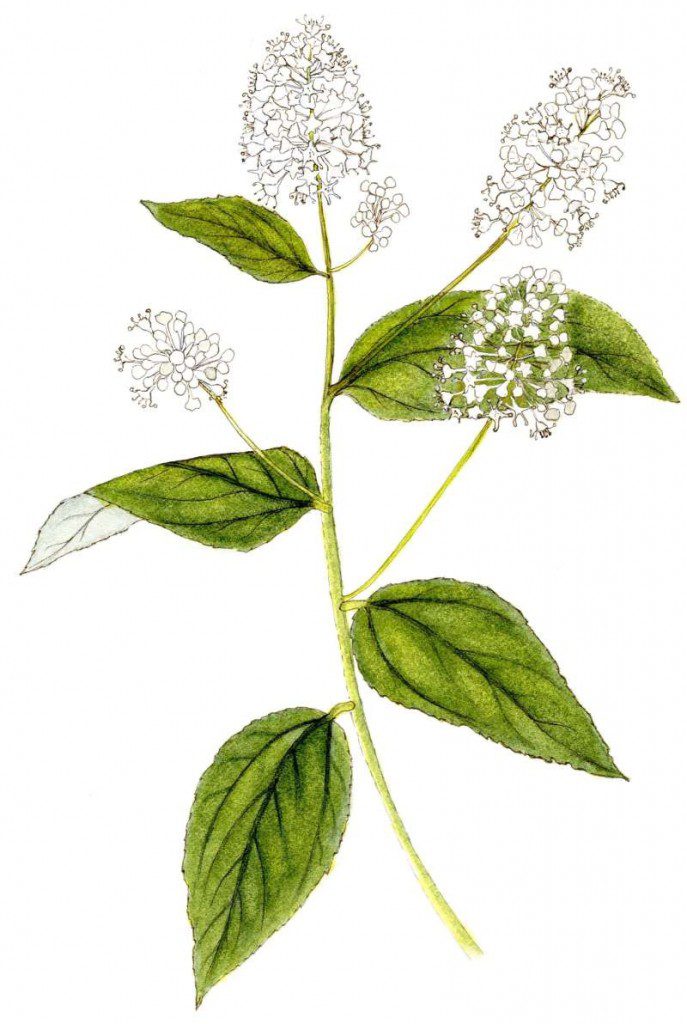
Wildflower Of The Year 2019 New Jersey Tea Ceanothus Americanus Virginia Native Plant Society
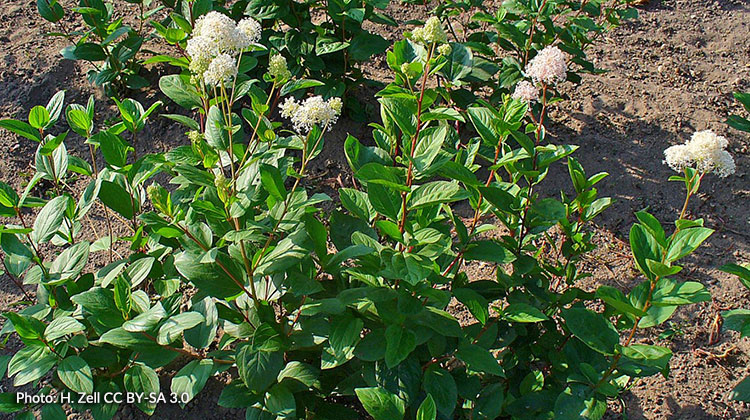
Growing Native New Jersey Tea Ceanothus Americanus Melinda Myers

Ceanothus Americanus New Jersey Tea

Ceanothus Americanus Shade Plants Plants Dry Plants
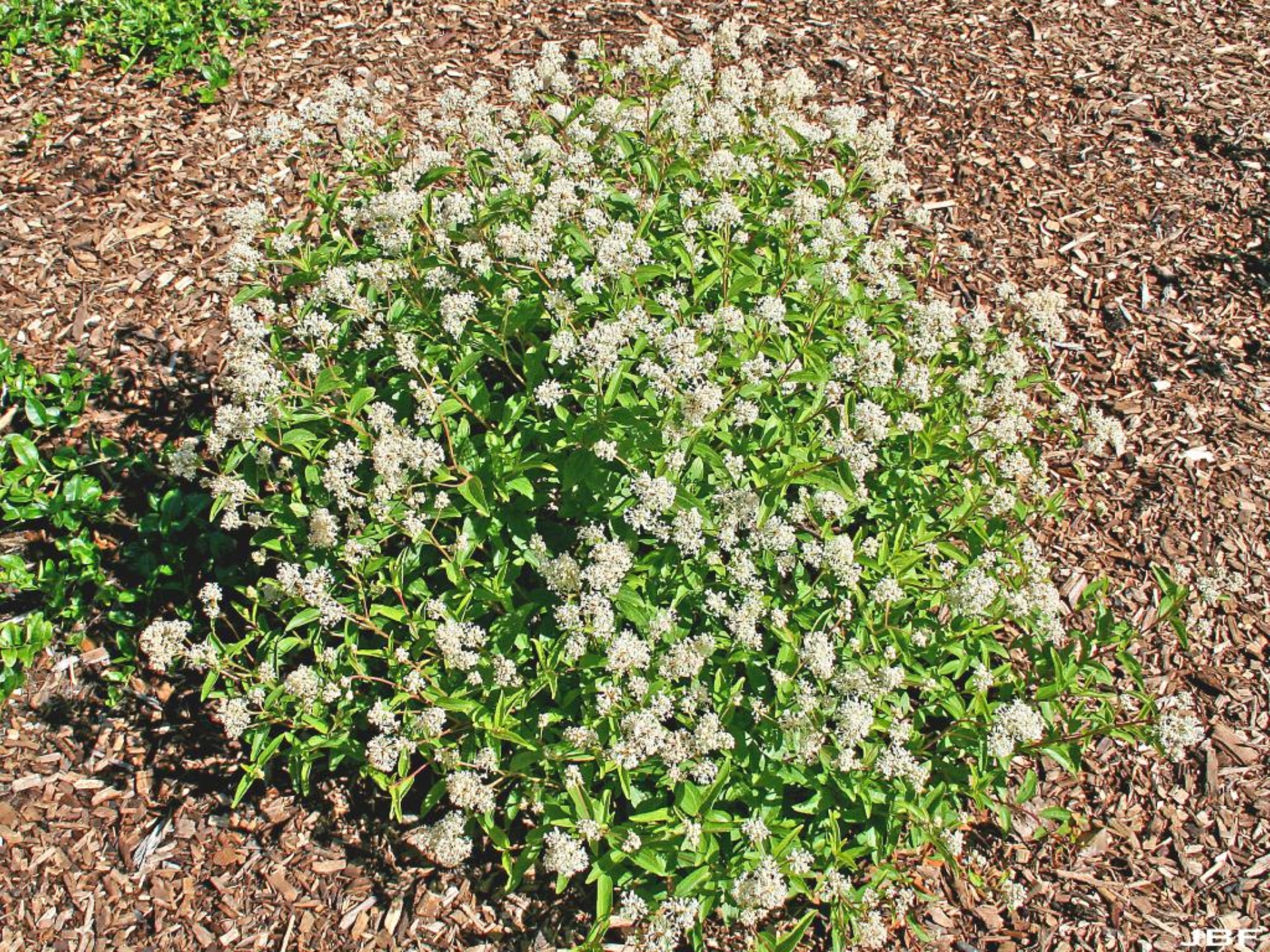
New Jersey Tea The Morton Arboretum

Wildflower Of The Year 2019 New Jersey Tea Ceanothus Americanus Virginia Native Plant Society

Ceanothus Americanus Mountain Snowbell New Jersey Tea North Carolina Extension Gardener Plant Toolbox

Bare Root New Jersey Tea Ceanothus Americanus Monticello Shop